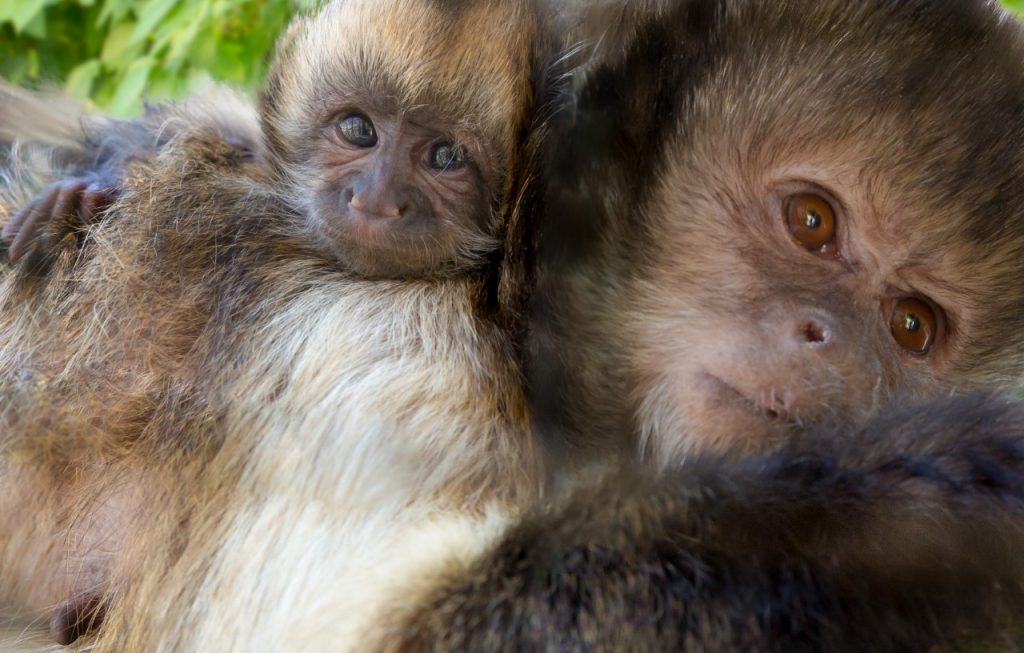VITILIGO ASSOCIATED WITH HYPOVITAMINOSIS D IN MALAYAN FLYING FOX (PTEROPUS VAMPYRUS) AND ISLAND FLYING FOX (PTEROPUS HYPOMELANUS)
Citation
Stringer E, Larsen RS. 2013. Vitiligo associated with hypovitaminosis D in Malayan flying fox (Pteropus vampyrus) and island flying fox (Pteropus hypomelanus). In Ward A, Coslik A, Mahan K, Treiber K, Reppert A, Maslanka M, Eds. Proceedings of the Tenth Conference on Zoo and Wildlife Nutrition, AZA Nutrition Advisory Group, Salt Lake City, UT.
Abstract
Eight Malayan flying fox (Pteropus vampyrus) and three island flying fox (Pteropus hypomelanus) presented for varying degrees of skin depigmentation of the wing membranes, face, and feet. Lesions were observed 6 months after the bats were placed in a newly constructed indoor-only exhibit. Skin biopsies indicated segmental loss of melanin pigment within the epidermis; skin scrapes and culture results were negative for infectious agents. Routine blood work was unremarkable. Vitamin D values were low compared to values from captive flying fox with outdoor access. A diagnosis of cutaneous vitiligo was made. All bats were removed from the exhibit and housed in an off-exhibit holding area that was modified to contain several UV-B light sources. Bats were regularly seen basking, and slow re-pigmentation was noted in some individuals. Zookeepers recorded bat behavior to determine each bat’s average proximity to the UV-B lights. Two months after the addition of UV-B lights, all bats were anesthetized to repeat blood work. Vitamin D values were 2-4 times higher than the original values. Based on the results, these two species of diurnal bat likely require UV-B light in order to synthesize Vitamin D.
 8_Stringer.pdf 81 KB
8_Stringer.pdf 81 KB








